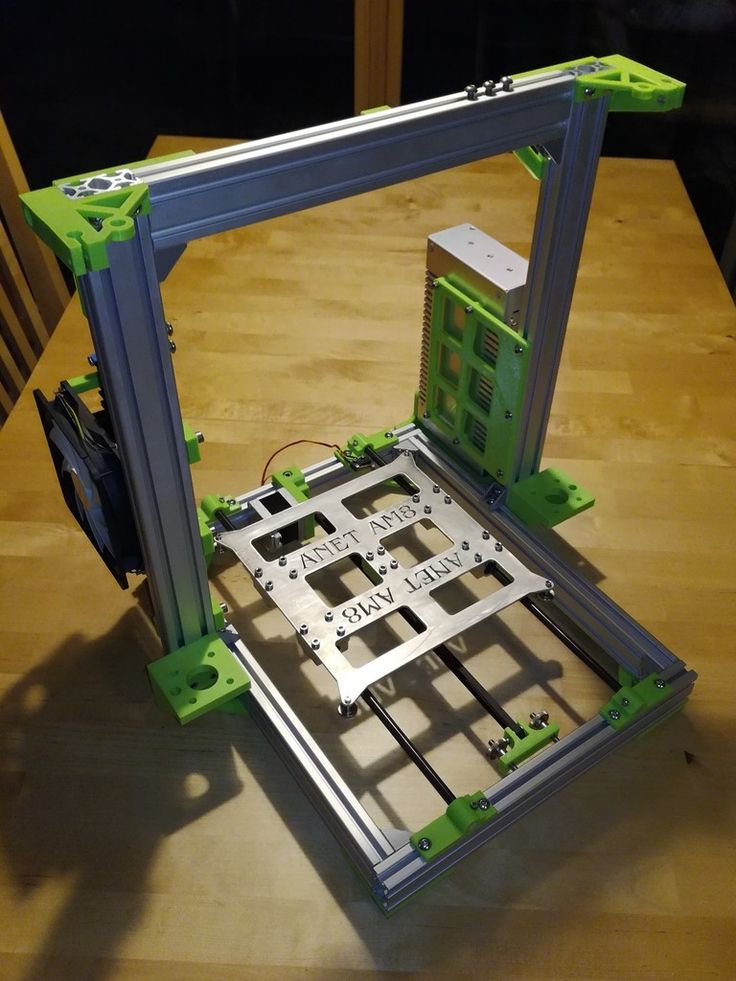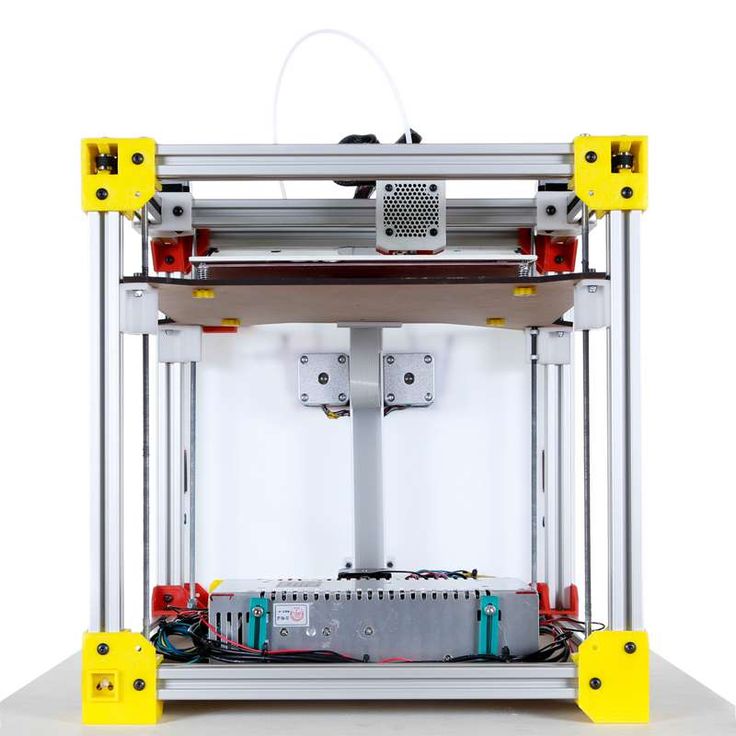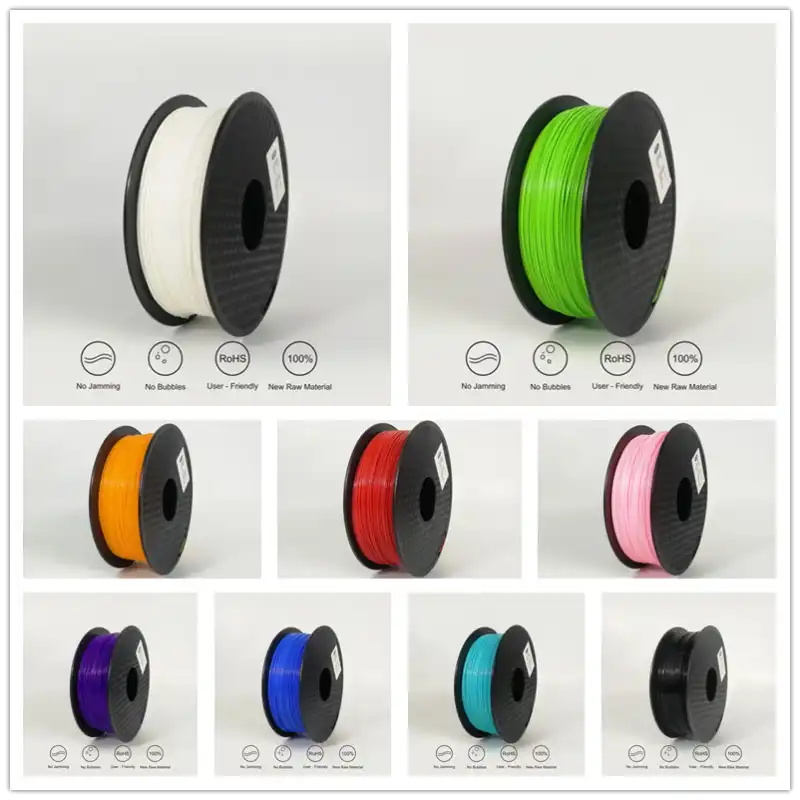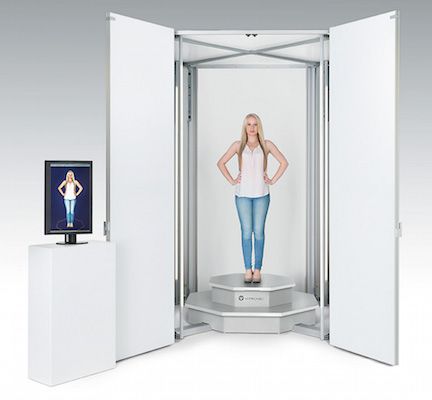3D resin printers for sale
SLA DLP Resin 3D printers for sale at best price starts from $499 USD
SLA DLP UV Resin 3D Printers
FDM 3d printers may be the most selling 3d printing technology but SLA/DLP (Stereolithography) printers are fast catching up. SLA printers use special photoactive resins which gives them an advantage over FDM, you can get superior print quality on these printers than its competitors and with time this technology is getting faster as well.
While both the technologies are still at its development state, they have their pros and cons, but if you are looking for high quality prints then there is no comparison to SLA technology.
In the resent past the cost of FDM printers have come down significantly making them favourites with people trying to understand and explore 3d printing, however a user still needs to ready to spend some heavy buck if he/she is looking for SLA printer. The good news though is that the prices of these printers and the resins (raw material) are coming down quickly and with lower prices and higher quality of prints these printers can soon easily take over the 3D printing industry by storm.
We at 3dprintersonlinestore feel that SLA printers have a huge potential and want to deliver the best of this technology to our customers. We have a huge range of SLA/DLP 3d printers which you can choose from, and also offer 3D printer Resins at an unbelievably reasonable prices.
Product Compare (0)
Filter
Sort By:
DefaultName (A - Z)Name (Z - A)Price (Low > High)Price (High > Low)Rating (Highest)Rating (Lowest)Model (A - Z)Model (Z - A)
Showing 1 to 25 of 44 (2 Pages)
Show:
255075100
QUICK VIEW
SALE
-50%
$109 USD$219 USD
(9 reviews)
(9 reviews)
QUICK VIEW
SALE
-40%
$119 USD$199 USD
(1 reviews)
(1 reviews)
QUICK VIEW
SALE
-35%
$129 USD$199 USD
(2 reviews)
(2 reviews)
QUICK VIEW
SALE
-65%
$139 USD$399 USD
(3 reviews)
(3 reviews)
QUICK VIEW
SALE
-57%
$149 USD$349 USD
(17 reviews)
(17 reviews)
QUICK VIEW
SALE
-25%
$149 USD$199 USD
(5 reviews)
(5 reviews)
QUICK VIEW
SALE
-60%
$159 USD$399 USD
(2 reviews)
(2 reviews)
QUICK VIEW
SALE
-47%
$159 USD$299 USD
(8 reviews)
(8 reviews)
QUICK VIEW
SALE
-58%
$169 USD$399 USD
(2 reviews)
(2 reviews)
QUICK VIEW
SALE
-46%
$170 USD$314 USD
(7 reviews)
(7 reviews)
QUICK VIEW
SALE
-30%
$189 USD$269 USD
(31 reviews)
(31 reviews)
QUICK VIEW
SALE
-53%
$189 USD$399 USD
(16 reviews)
(16 reviews)
QUICK VIEW
SALE
-56%
$199 USD$449 USD
(14 reviews)
(14 reviews)
QUICK VIEW
SALE
-30%
$209 USD$299 USD
(2 reviews)
(2 reviews)
QUICK VIEW
NEW
SALE
-23%
$229 USD$299 USD
(1 reviews)
(1 reviews)
QUICK VIEW
NEW
SALE
-20%
$239 USD$299 USD
(2 reviews)
(2 reviews)
QUICK VIEW
SALE
-40%
$299 USD$499 USD
(3 reviews)
(3 reviews)
QUICK VIEW
NEW
SALE
-36%
$319 USD$499 USD
(1 reviews)
(1 reviews)
QUICK VIEW
SALE
-20%
$319 USD$399 USD
QUICK VIEW
SALE
-59%
$329 USD$799 USD
(23 reviews)
(23 reviews)
QUICK VIEW
SALE
-18%
$329 USD$399 USD
(2 reviews)
(2 reviews)
QUICK VIEW
SALE
-41%
$340 USD$579 USD
(15 reviews)
(15 reviews)
QUICK VIEW
SALE
-42%
$349 USD$599 USD
(1 reviews)
(1 reviews)
QUICK VIEW
SALE
-26%
$369 USD$499 USD
(5 reviews)
(5 reviews)
QUICK VIEW
SALE
-20%
$399 USD$499 USD
(1 reviews)
(1 reviews)
This product has no stock!! Please enter your information to form bellow. We will send you notification when it is back!
We will send you notification when it is back!
Your Name
Your Email
Your Phone
Best Resin 3D Printers in October 2022 (Every Price Range)
Resin 3D printers are more affordable than ever – you can now pick up a great quality resin printer with a 4K LCD screen for just a few hundred dollars. So if you’re a home maker who wants to make detailed miniatures for your next game, or have more professional ambitions, it’s never been easier.
MSLA (masked stereolithography) 3D printers have taken over the low-cost space, using LCD screens to cure resin models based on your sliced STL file.
With 2K, 4K, and even up to 8K LCD screen quality available under $1,000, and sub-35-micron resolution becoming increasingly common, with the right settings you can create incredible-looking miniature models, as well as key uses in jewelry molds and in the dental industry.
Here are our top picks for 4K, 6K, and 8K screens:
BUDGET PICK
Anycubic Photon M3
High quality 4K resolution for low price
Larger build volume than Photon Mono 4K and Elegoo Mars 3
Available at:
Anycubic hereMID-RANGE PICK
Anycubic Mono X 6K
Higher-quality 6K LCD screen
Much larger print area for printing many minis in one job
Available at:
Anycubic herePREMIUM PICK
Phrozen Sonic Mini 8K
Extremely high-res 8K LCD screen with 22-micron accuracy
Reasonable price for the quality
Available at:
Phrozen hereWe’ve split our recommendations into the best cheap resin 3D printers with recommendations for $200, $300, $500, and $700, as well as recommending a couple of clear winners for professional resin 3D printers if you’re looking to start a business or scale things up.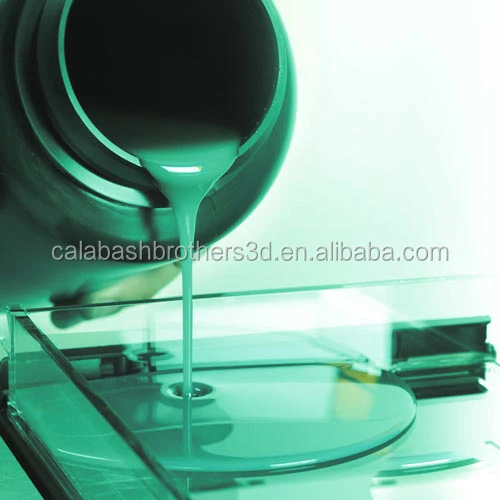
The Best Resin 3D Printers 2022 – Reviews
| Resin printer | Price | Best price at | Alternative |
|---|---|---|---|
| Elegoo Mars 2 Pro / 3 | $200-349 | Elegoo here | Amazon here |
| Anycubic Photon M3 | $300 | Anycubic here | |
| Anycubic Mono X 6K | $639 | Anycubic here | |
| Elegoo Saturn | $499 | Elegoo here | Amazon here |
| Phrozen Sonic Mini 8K | $799 | Phrozen Store here | |
| Prusa SL1S Speed | $1,999 | Prusa Store here | |
| Formlabs Form 3 | $3,499 | Dynamism store here |
Best Cheap Resin 3D Printers (Under $1,000)
3DSourced is reader-supported. When you buy through links on our site, we may earn an affiliate commission. Learn more
Elegoo Mars 2 Pro / Mars 3
BUDGET PICK
Elegoo Mars 2 Pro
Print Volume: 129 x 80 x 160 mm
Screen size: 6.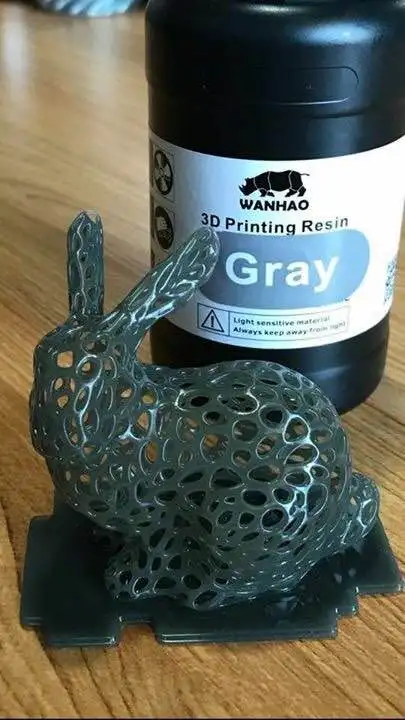 08″ 2K Monochrome LCD
08″ 2K Monochrome LCD
XY Resolution: 50 microns
Speed: 30-50 mm/h
Cleaning/Curing: Elegoo Mercury Plus/X
Available at:
Elegoo hereAmazon herePREMIUM PICK
Elegoo Mars 3
Print Volume: 143 x 90 x 175 mm
Screen resolution: 6.6″ 4K LCD
XY Resolution: 35 microns
Speed: 1.5-3 seconds per layer
Cleaning/Curing: Elegoo Mercury Plus/X
Available at:
Elegoo hereMatterhackers hereAmazon hereWhile there are newer Mars printers like the Mars 3 and brand-new Elegoo Mars 3 Pro, the Mars 2 Pro still offers great quality if you’re on a budget.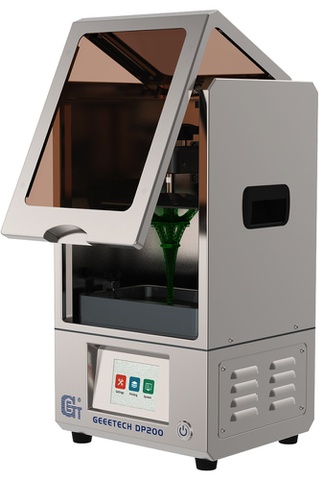 It features the revamped z-axis linear guide system for smoother layers and better surface areas.An accurate dinosaur head we 3D printed on the Elegoo Mars 2 Pro.Clank video game 3D print on the Elegoo Mars 2 Pro.
It features the revamped z-axis linear guide system for smoother layers and better surface areas.An accurate dinosaur head we 3D printed on the Elegoo Mars 2 Pro.Clank video game 3D print on the Elegoo Mars 2 Pro.
But for those looking for more precise detailing on their miniatures or other prints, consider upgrading to the Mars 3 range.
Whereas the Mars 2 Pro has a 6.08-inch 2K LCD, the Mars 3 and Mars 3 Pro both have 6.6-inch 4K screens, improving XY resolution from 50 microns to 35 microns – a 30% accuracy improvement.
You also get a 37% larger build volume: 143 x 90 x 175mm on the Mars 3, vs the 129 x 80 x 160 mm. This is ideal for printing a number of models at once to save time, and for printing larger models that might not quite have fit into the Mars 2 Pro’s build area.
So if you’re on a tight budget, the Mars 2 Pro is still a fine choice – we’ve printed some great detailing in our dinosaur head’s teeth, and in video game miniatures. But, for sharper accuracy and larger build areas, upgrade to the Mars 3, or Mars 3 Pro.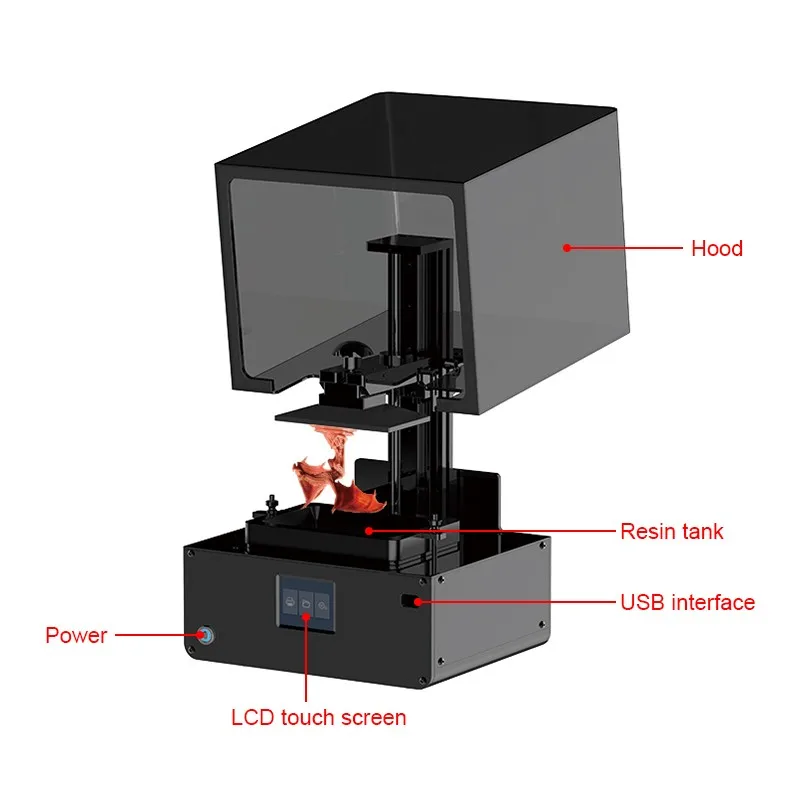
Read our full review: we tested the Elegoo Mars 2 Pro
Compared: Elegoo Mars 2 Pro and 3 vs Elegoo Saturn
Anycubic Photon M3
- Price: Check latest price at Anycubic here
- Build Volume: 180 x 163 x 102 mm
- XY Resolution: 40 microns
- Minimum Layer Height: 10 microns
- Speed: 50mm/h
The latest entry-level Photon 3D printer, the Anycubic Photon M3 takes everything we loved about the series – fast print times, excellent resolution, and a user-friendly printing experience – and levels it up with a few choice enhancements.
Among the improvements, Anycubic has upgraded to a 180 x 163 x 102 mm build volume, which lends itself to larger prints along with the superb high detail models and miniatures the Mono 4K is known for, even intricate articulated figurines.
Another benefit of the build volume is the possibility of producing bigger batches of the same Warhammer or D&D mini-figures, ideal if you’re hoping to use your M3 to fuel a small business.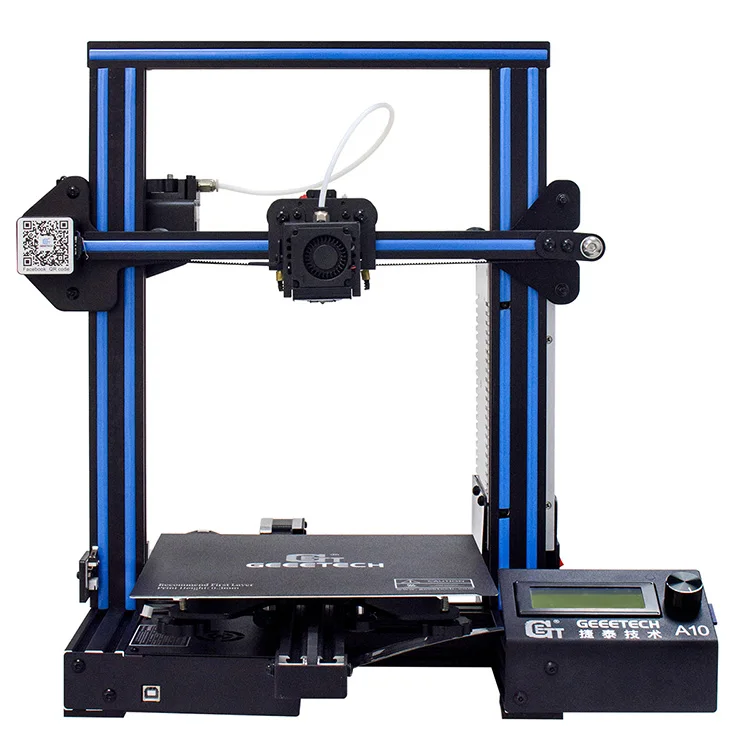
Though the Anycubic Photon M3 includes an excellent 7.6″ 4K monochrome screen, the resolution drops slightly to 40 microns – 5 microns higher than the Mono 4K. For us, this is a reasonable compromise for the extra printing space.
At this level of detail, you’d be hard-pressed to notice any tangible difference between the two resolutions, so the larger screen and print area is worth the drop to us – though you can opt for the Anycubic Photon Mono 4K if you prefer 35 micron resolution and a smaller build volume.
It’s cheap, user-friendly, and creates feature-rich, detailed 4K parts, models, figurines, and minis.
Larger build volume and 4K LCD screen than the Photon Mono 4K.
Low cost, high quality
Perfect if you’re looking to print larger minis faster, and several at once.
Cons
40-micron resolution vs 35 microns on the Mono 4K – though you’ll probably not notice the difference.
Anycubic Mono X 6K
- Price: Check latest price at Anycubic here
- Build Volume: 197 x 122 x 245 mm
- XY Resolution: 34 microns
- Minimum Layer Height: 10 microns
- Speed: 80 mm/h
The Anycubic Mono X 6K allows makers to craft exceptionally detailed 6K prints at 34 microns XY resolution without sacrificing build volume (or vice versa), which inches close to standard FDM printer sizes at 197 x 122 x 245mm. A max print speed of 80 mm/h also prints the most complex minis and models at a blistering pace.
A max print speed of 80 mm/h also prints the most complex minis and models at a blistering pace.
If you’re not constrained by a tight budget and want some of the best quality offered by any consumer-grade printer, there’s no question the Anycubic Mono X 6K is a sensible buy. The same goes for those piecing together the kit needed to take a budding minis business to the next level.
But, for those restricted to a smaller budget, the original Mono X and the even lower-cost M3 are perfect for those that want to print high-quality minis without breaking the bank. The trade-offs are smaller build volume, slightly lower resolutions, and longer print times – nothing that should hamper the majority of hobbyist resin projects.
Market leading print quality.
Reasonably priced for the specs it offers.
Cons
Average build volume.
Elegoo Saturn
- Price: Check latest price at Elegoo here / Available on Amazon here
- Print Volume: 192 x 120 x 200 mm
- Screen resolution: 3840 x 2400 pixels
- Screen size: 8.
 9″ 4K Monochrome LCD
9″ 4K Monochrome LCD - XY Resolution: 50 microns
- Speed: 30-40mm/h
- Cleaning/Curing: Elegoo Mercury Plus/X Washing and Curing Station
Featuring an 8.9-inch 4K monochrome LCD screen for fast layer curing, the Elegoo Saturn comes much upgraded on standard models, printing 60% faster than the Elegoo Mars Pro, printing a layer every 2-3 seconds.
For your money, you get a number of other key upgrades, most notably the larger build area, turning the Elegoo Saturn into a solid resin 3D printer for larger resin models or terrain for miniatures, as well as for printing more minis in one batch and taking advantage of resin printers’ abilities to print entire layers at once.
The improved precision, owing to the Saturn’s double linear guideway Z-axis structure makes it steadier than ever, ensuring accuracy and uniformity across the print.
If this isn’t enough, you have two upgrade options:
- Elegoo Saturn S: a slight improvement across the board, with an 9.
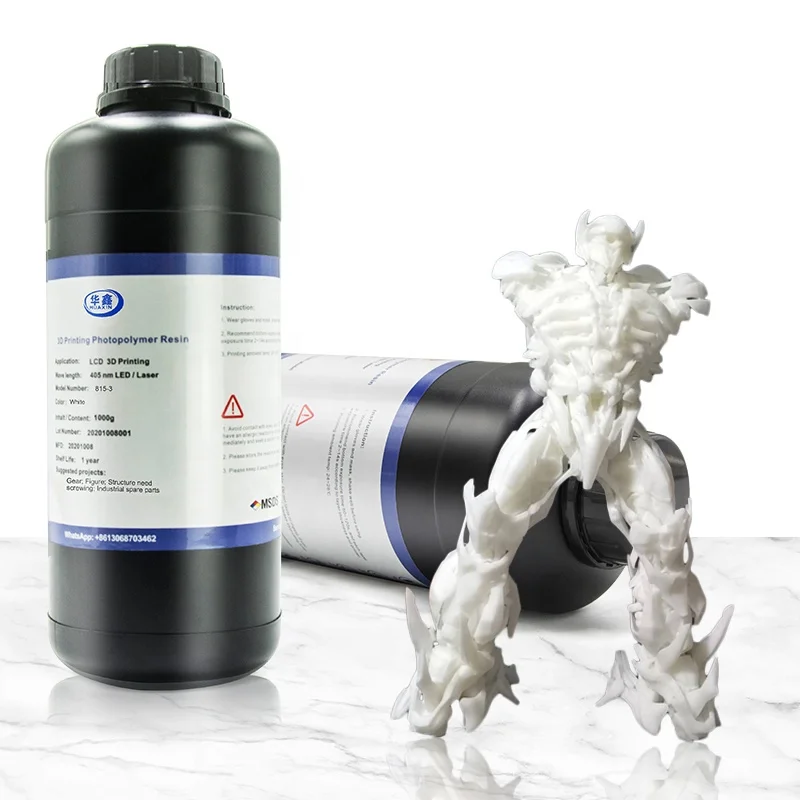 1” 4K LCD, and a slight build volume increase to 196 x 122 x 210 mm
1” 4K LCD, and a slight build volume increase to 196 x 122 x 210 mm - Elegoo Saturn 2: upgrades to a 10” 8K LCD, 28.5nm XY resolution, and a larger 219 x 123 x 250 mm build area.
| Elegoo Saturn | Elegoo Saturn S | Elegoo Saturn 2 | |
|---|---|---|---|
| LCD Quality | 8.9″ 4K LCD | 9.1″ 4K LCD | 10″ 8K LCD |
| Build Volume | 192 x 120 x 200 mm | 196 x 122 x 210 mm | 219 x 123 x 250 mm |
| XY Resolution | 50 microns | 48 microns | 28.5 microns |
| Buy here | Buy here | Preorder here |
Read more: Elegoo Saturn vs Anycubic Mono X – compared
Phrozen Sonic Mini 8K
- Price: Check latest price at Phrozen here
- Build Volume: 165 x 72 x 180 mm
- XY Resolution: 22 microns
- Minimum Layer Height: 10 microns
- Speed: 80 mm/h
Phrozen’s flagship resin printer capitalizes on a sleek 7.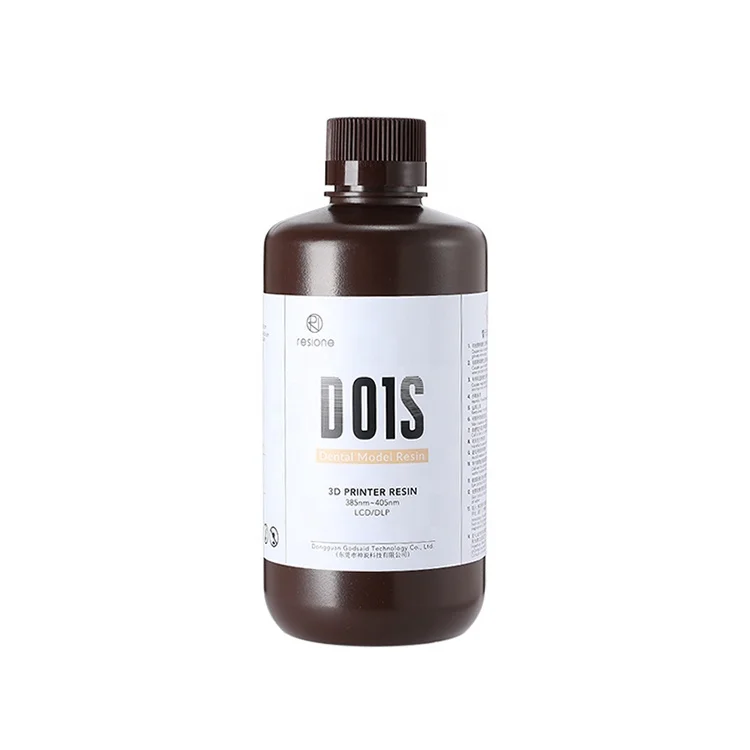 1″ LCD screen and 22-micron resolution to deliver frankly outstanding print detail and surface quality that more budget-priced printers simply can’t provide.
1″ LCD screen and 22-micron resolution to deliver frankly outstanding print detail and surface quality that more budget-priced printers simply can’t provide.
As consumer printers go, the Phrozen Sonic Mini 8K has the potential to produce the most intricate, detail-rich models of any printers currently on the market.
The jump from a 2K, and even a 4K/6K, to an 8K screen is apparent when scrutinizing a print fresh off the Mini 8K bed. This is the main reason it out-classes Phrozen’s excellent budget Sonic Mini 4K, albeit with a hefty but warranted price increase.
For lots of makers, the jump in quality won’t be enough to justify spending more than double the price of a Photon or Mars, but the Phrozen Sonic Mini 8K fleshes out the proposition with superb all-around usability and a decent 165 x 72 x 180 mm build volume.
If that’s not quite enough for your larger print projects or you’re looking to batch print to stock an online mini store, there’s always the Phrozen Sonic Mighty 8K, and its 123 x 218 x 235 mm printable area.
Market leading print quality.
Reasonably priced for the specs it offers.
Cons
Average build volume.
Best Desktop Resin 3D Printers (Between $1,000 and $3,000)
Prusa SL1S Speed
- Price: $1,999 — Available at Prusa Store here
- Print Volume: 120 x 68 x 150 mm
- Screen resolution: 2560 x 1620 pixels
- Screen size: 5.96” 2K Monochrome LCD
- XY Resolution: 47 microns
- Print Speed: 50mm/h
- Cleaning/Curing: Original Prusa CW1S
Prusa printers are known for being the best open-source FDM kits around, but have since ventured into resin printing.
One thing we really want to drive home is how important it is not to get tunnel vision when looking at the specs of printers when choosing which to buy. As we explain in the buyer’s guide portion below, a well-made printer made from high-quality parts that can handle precise movements and stability will outperform a printer with a higher-spec LCD screen but worse build quality.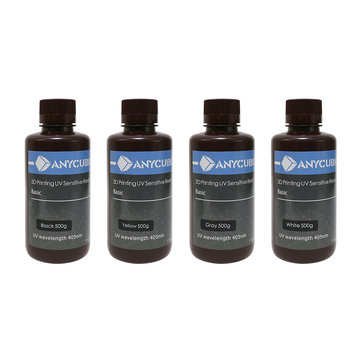
The 5.96” monochrome LCD is smaller than some lower-priced printers like the Elegoo Saturn 2, but it is capable of fantastic accuracy, even for tiny miniature models smaller than a penny. It’s made from high-quality parts to minimize vibrations, with a rigid aluminum body, and features a quick release mechanism to maintain z-axis calibration.
It’s also super fast, with 1.4-second layer exposures even on standard 405nm resins. If you’re a small business owner looking to produce minis at scale, or just want to print lots of models for yourself, the SL1S Speed suits you well.
You can buy the printer on its own, or as a bundle with the CW1S 4-in-1 wash and cure machine. It pre-heats your resin before use, washes resin prints, dries them off, and cures them, all in one add-on. The bundle is available here.
Professional Resin 3D Printers ($3,000+)
Formlabs Form 3 — best professional resin 3D printer
- Price: $3,499 — Available on Dynamism Store here
- Build Volume: 145 x 145 x 185 mm
- XY Resolution: 25 microns
- Print speed: 70mm/h
- Cleaning/Curing: Formlabs Form Wash & Cure
Formlabs make professional resin 3D printers, but at desktop resin printer prices. The US manufacturer sells the Form 3 SLA 3D printer for $3,499, with its quality making it key for super accurate prototypes, as well as being adopted in the dental and jewelry industries.
The US manufacturer sells the Form 3 SLA 3D printer for $3,499, with its quality making it key for super accurate prototypes, as well as being adopted in the dental and jewelry industries.
The Form 3 comes with a huge variety of new features as compared with the previous Form 2. It comes with new LFS technology advantages as well as a new Light Processing Unit (LPU) to improve resin part surface finishes, as well as better layer registrations. The Form 2 was already fantastic, and these added features elevate the Form 3 to a whole new dimension within desktop SLA printers.
Additionally, the Formlabs Form 3 has an automated resin system and uses smart cartridges that automatically fill the resin tank – key for business owners looking to maximize efficiency and revenue per hour.
In addition, it has a scanning system for the resin tray after each layer, and automatically adjusts based on the type of resin used. Furthermore, its got a fantastic touch screen and can be operated remotely via a WiFi connection, as well as operable as part of a factory with Formlabs’ industrial multi-printer ‘Form Cell’ solutions.
This UV 3D resin 3D printer has a print volume of 145 x 145 x 185 mm, and is extremely precise with 25-micron XY resolution. The Formlabs Form 3 is compatible with a large number of resins, from ceramic, to flexible resins, to castable resins, though Formlabs also sell their own high-quality resin materials.Formlabs resins are available here.
Curing and Cleaning Stations
With washing and curing an unavoidable part of resin 3D printing, we’ve rounded up a few choice washing and curing stations well worth weaving into your printing setup to take some of the sting and mess out of post-processing.
Anycubic Wash & Cure
- Available at Anycubic Store here / Amazon here
The Anycubic Wash & Cure is an all-in-one station compatible with the overwhelming majority of resin printers. Thanks to a nifty recent price cut from Anycubic, the Wash & Cure sets you back under $100.
The wash mode has adjustable wash cycles, including 2, 4, and 6 minutes.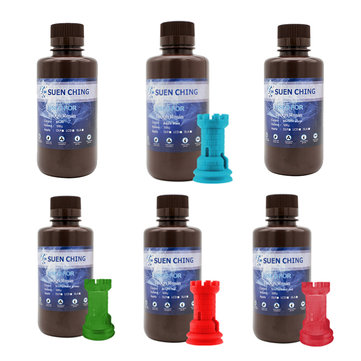 Cure mode employs a wide range 356 nm and 405 nm UV light set mounted on a 360° rotating platform to ensure a uniform cure of all and any print sized at 115 x 65 x 165 mm and under.
Cure mode employs a wide range 356 nm and 405 nm UV light set mounted on a 360° rotating platform to ensure a uniform cure of all and any print sized at 115 x 65 x 165 mm and under.
Anycubic has simplified the whole wash and cure process thanks to a set-and-forget design – choose either wash or cure on the touch button interface, and off it goes. The station blocks 99.95% of UV light and comes with an auto-pause function if the cover inadvertently comes off. The station has an adjustable bracket that can latch onto an Anycubic build platform if you’re working with a Photon Mono series printer.
Elegoo Mercury Plus
- Available at Amazon here
Another all-in-one station, but this time from Elegeoo, the Elegoo Mercury Plus is an easy-to-use option for hands-free post-processing.
The accepted max print size is 125 x 85 x 160 mm for washing and 140 x 165 mm for curing. You can either use the provided cleaning basket or mount an Elegoo build plate with models still attached, making it compatible with most if not all resin 3D printers, not just with Elegoo machines.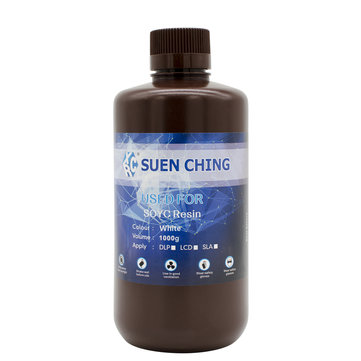
A 385 nm and 405 nm UV light set and 360-degree rotating curing turntable do all the curing work with the option to key in and monitor curing time up to 30 minutes on the TFT touchscreen. Safety’s covered with an anti-UV lid that blocks 99.95% of UV rays and a suspend operation function should the cover come off during curing.
Expect to pay more than the Anycubic station, but at roughly $120, you’ll deck out your resin 3D printing setup with a quality mess-free station.
Buyer’s Guide – What to Consider When Buying a 3D Resin Printer
RGB vs Mono LCD Screens – Pick a Mono Resin 3D Printer
Most modern resin printers now ship with monochrome LCD screens instead of the RGB variants found in earlier models.
The shift is all to the benefit of makers as monochrome screens have many advantages over RGB:
- They print faster, often up to 3x quicker
- They are more durable, lasting up to 4-5x longer before replacing
LCD Screen Resolution: 2K, 4K, 6K, 8K – What Quality Do You Need?
Raw specs do translate to better quality overall.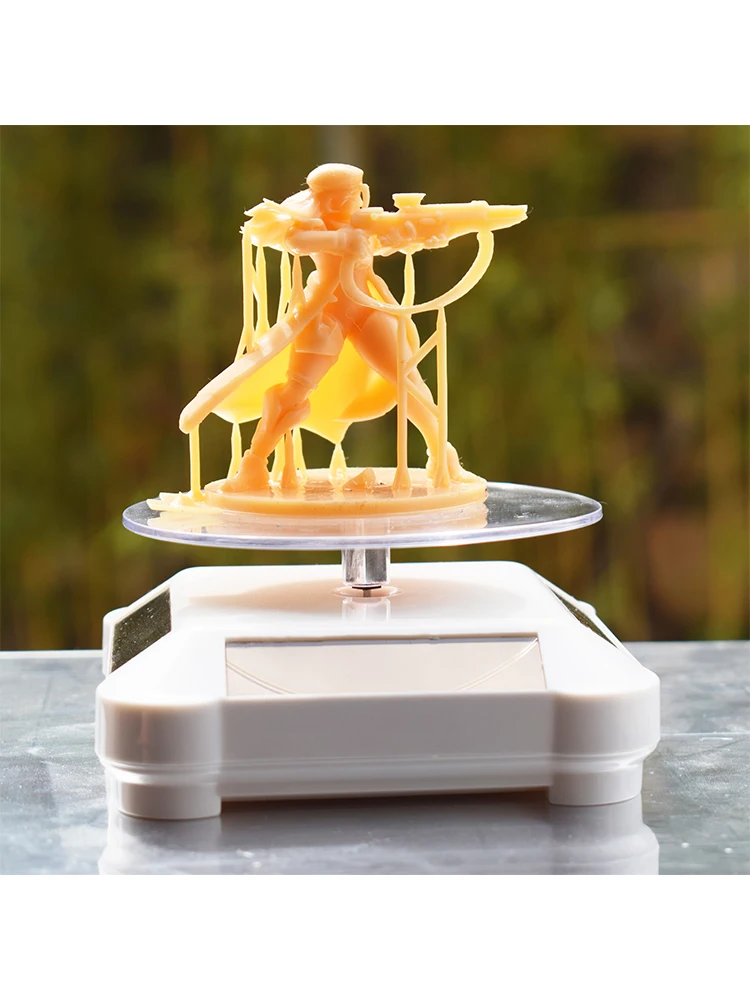 You will notice the difference in sharpness on corners, and on precise features of models such as facial features and hair on an 8K screen versus a 4K or 2K print.4K vs 8K resin printed miniature. Source: Geek Gaming Scenics
You will notice the difference in sharpness on corners, and on precise features of models such as facial features and hair on an 8K screen versus a 4K or 2K print.4K vs 8K resin printed miniature. Source: Geek Gaming Scenics
However, while a higher resolution makes a clear difference to print results, even the highest resolution 3D printer will not perform as well as a lower-res 2K screen if it is built from low-quality parts.
Therefore, buy from a reputable brand known for making high-quality parts, such as well-built screws and z-axis parts for the build plate, and resin vat screws, to deliver top quality.
We recommend resin printers from Anycubic, Elegoo, and Phrozen for hobbyist printing, and Prusa and Formlabs for professional resin printing.
Build Volume
As a general rule, resin printers feature smaller build volumes than more common FDM machines, hence why makers and professionals use them to create small intricate parts with high precision.
If you do need extra printing space for duplicate part printing or larger figurines and models, consider larger format resin printers such as the Peopoly Phenom and Phrozen Sonic Mighty 4K.
Post-Processing Equipment
Resin 3D printing is a messy business, and post-processing is a core part of the printing process. Post-processing breaks down into two parts, washing and curing.
Washing involves removing any residual uncured resin from the print using isopropanol.
Curing uses further UV light source slexposure to complete the curing polymerization process to improve the part’s finish and overall rigidity.
Self-guided, hands-on post-processing is one way to go, but manufacturers now propose all-in-one washing and curing stations to take much of the messy hassle out of the process.
How Does a Resin 3D Printer Work?
Resin is sticky, liquid, and moves around in any container (or resin vat) that you pour it into. However, take that container outside, and the sun’s UV rays will almost immediately cure and solidify the resin.
Your resin printer’s LCD screen uses the same UV light as the sun but in a more stable indoor environment, flashing light at certain parts of the resin to selectively cure parts, based on your model’s features.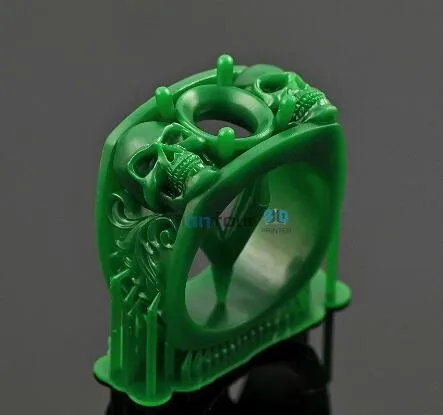
The LCD screen blocks off the LEDs from certain parts so that the resin isn’t cured in some places – only where your model file is sliced to be.
The screen sits under the resin vat, and projects light upwards into the build platform. An FEP screen (fluorinated ethylene propylene) protects the screen from damage – though these FEP films themselves need to be replaced more often than any other parts of the printer.
As each layer is cured, the resin printer’s z-axis platform, lifts up one layer, for the next resin layer to be cured. The cured model sticks to the build platform as it moves up out of the resin (if it sticks to the resin, the print fails), with the layer on the edge cured and moved up each time.
Resin 3D Printing Tips for Beginners:
Check the MSDS (material safety data sheet) for the resin you’re using – all reputable resin manufacturers will have these sheets. They outline any potential hazards, and how you can keep safe and prevent these issues.
Print in a relatively warm environment – room temperature is fine, but if resin gets too cold it become more viscous and difficult to print.
Wear gloves when handling resin – nitrile rubber disposable gloves work well.
Pick the best slicer for you – if you use a certain brand such as Prusa, you’ll likely use Prusa Slicer. For simple everyday use, CHITUBOX is fine, but other options for great resin results include Lychee Slicer. We have a full run-down of resin slicers here.
Take care over supports – within your slicer, take care over how you position your model, and the supports you use. Flat printed models don’t work as well as they do in FDM, as you can damage the resin print scraping it off – though there are workarounds with sacrificial rafts. Generally, lift the model off the bed and have supports between the bottom raft and the FEP sheet. If you’re technical, there is a very powerful tool called UVTools which automatically detects likely errors, resin traps and islands, and with one click fixes them all.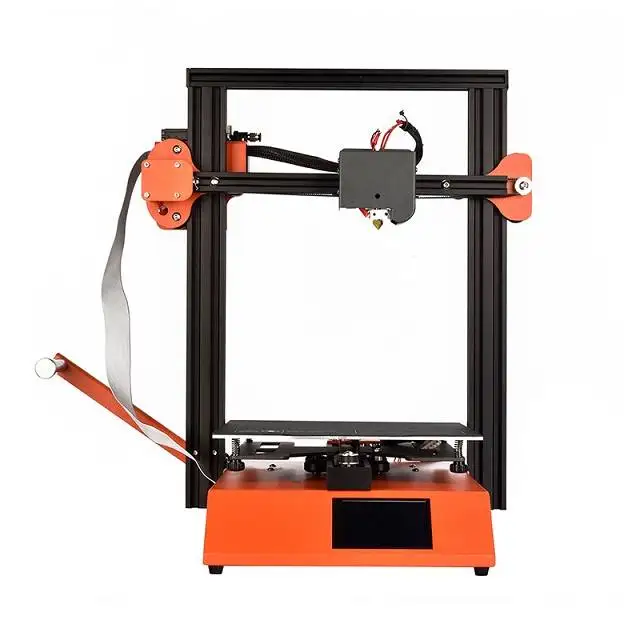 It is available at Github here. It acts as a kind of previewer, showing you where potentials for print failure are, so you can avoid the costly failed prints, and optimize them automatically.
It is available at Github here. It acts as a kind of previewer, showing you where potentials for print failure are, so you can avoid the costly failed prints, and optimize them automatically.
How Much is a Resin 3D Printer?
Good cheap resin 3D printers start at around $200, with either a 2K or 4K screen that can still print precise features on miniature models. 6K and 8K screen resin printers cost from $600 to $1000+, and professional resin 3D printers from companies like Formlabs cost $3500 and up.
Uses of resin 3D printers
Budget resin 3D printers are typically used by hobbyists to make accurate figures and miniatures at details FDM printers just cannot reach. They’re commonly used for 28mm miniatures, D&D figures, and other similar projects for tabletop models.
See also: our buyer’s guide for the best 3D printers for miniatures.
However, these low cost options can sometimes be used for creating wax molds for jewelry casting.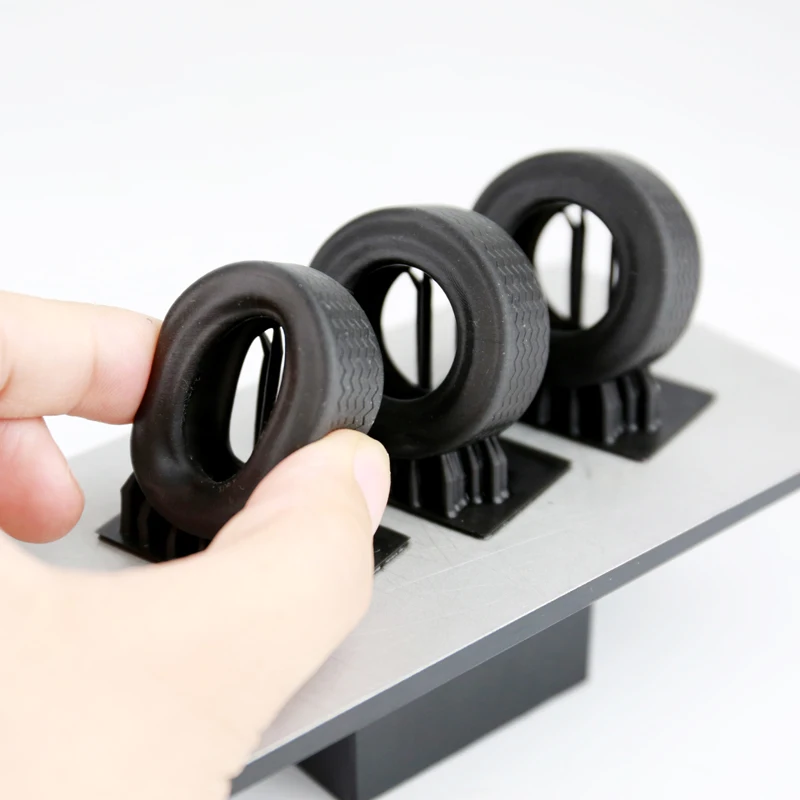 For better quality casting with precious metals however it is recommended to use a more professional resin 3D printer capable of better resolutions and precision.
For better quality casting with precious metals however it is recommended to use a more professional resin 3D printer capable of better resolutions and precision.
See also: our guide to the best jewelry 3D printers.
Resin printers are commonly used in the dental, audiology, jewelry, and medical industries. For example, within dentistry resin 3D printers can print orthodontic models and implants, and within audiology, almost 100% of custom hearing aids are now 3D printed.
See also: 3D printing in the dental industry.
See also: how 3D printed hearing aids took over the world.
Is Resin Printing Messy?
Though the resin printing process isn’t messy per se, the post-processing of a finished resin print invariably descends into a frustrating, sloppy, not to say potentially harmful mess of dripping resin and pungent isopropanol. It isn’t for the faint of heart or those wary of getting stuck in.
Fortunately, curing and cleaning stations help contain resin processing’s messiness, so you’re not caking your hands in muck by juddering your prints around in a vat of isopropanol.
FAQs
What are the best resin 3D printer brands?
For the home resin 3D printing $200-600 range, the best resin 3D printer brands are Anycubic, Elegoo and Phrozen, who make high-quality printers capable of accurate details. In the professional resin printer range, Prusa, Formlabs and Peopoly are well-reputed, as well as industrial brands like 3D Systems, Carbon 3D and EnvisionTEC.
Is it worth getting a resin 3D printer?
Resin 3D printers can print incredible-looking details for miniatures that FDM simply can’t compete with, so for anything precise and detailed, resin printers can’t be beaten. However, if you want a simpler printing experience without washing or curing prints, or want to print large-scale models, go for an FDM 3D printer instead.
Do You Need To Wash and Cure Resin Prints?
Yes. The resin printing process leaves uncured residual resin on the finished part.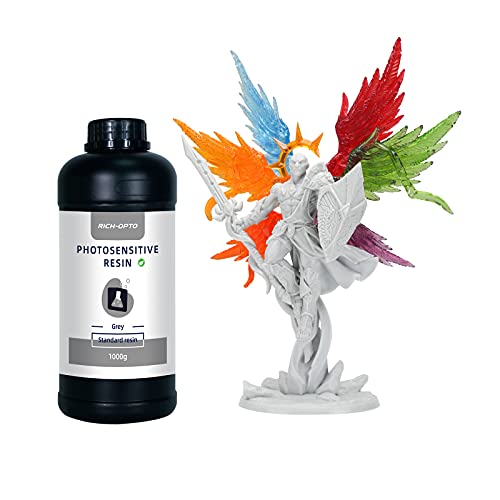 Rinsing off the excess resin ensures all the detail and finish of the print remain accurate once you move to the curing process. There’s also a safety concern; washing resin prints removes potentially toxic uncured liquid resin, so you can handle the part safely.
Rinsing off the excess resin ensures all the detail and finish of the print remain accurate once you move to the curing process. There’s also a safety concern; washing resin prints removes potentially toxic uncured liquid resin, so you can handle the part safely.
Curing is an equally important part of the process. When a printer completes a part, the resin is in a transitory state: hard enough to retain the desired shape and detail but lacking overall rigidity, making it prone to scratches, scarring, and blemishes. By curing the print with UV, or even sunlight if you’ve got time on your side, the resin reaches its optimal, finished state.
If you liked this ranking, you may also like:
- Top 10 SLS 3D printers
- The best metal 3D printers
- Best Dual Extruder 3D Printers
- 3DSourced’s Overall Top 20 Best 3D Printers
- Our guide to the 10 types of 3D printers
- Best large resin 3D printers
- Best resin curing stations
Properties of photopolymer resin for 3D printer.
 3DMall
3DMall When buying a 3D printer DISCOUNT on plastics and polymers up to 10%
Properties of photopolymer resin for 3D printer
LCD, DLP. The use of this material and printing technology is based on one property of the initially liquid photopolymer resin - to harden when the material is irradiated with a light wave of a certain length. That is, these substances are able to change their state of aggregation under the influence of ultraviolet radiation. At the same time, photopolymer resins differ in their physical and mechanical characteristics, which makes it possible to obtain products with different properties. Moreover, the variety of photopolymer resins allows them to be used not only in household, but also in professional and even industrial fields.
Photopolymer resin characteristics
Photopolymer resins are truly versatile. The main properties of photopolymer resin for 3D printing, for which they are so appreciated:
- wide color palette;
- wide range of mechanical properties: elasticity, stiffness, hardness, etc.
 ;
; - tactile and optical properties: haze, transparency;
- chemical composition: composite, biocompatible, heat resistant, similar in properties to polypropylene, ABS;
- Application range: medicine, dentistry, footwear industry, orthopedics, jewelry, etc.
Photopolymer resins and 3D printing are even used in the aerospace industry.
Advantages of photopolymers over other materials for 3D printing:
- perfect smoothness of finished models;
- highest detail and precision;
- excellent physical and mechanical properties;
- wide choice of materials and colors;
- the possibility of processing (coloring, gluing, grinding, etc.).
There are materials that can be used for casting and investment casting. This is applicable in the dental and jewelry industry, which allows you to model products with the highest accuracy and degree of complexity. All these are characteristic properties of a photopolymer resin for a specific purpose.
Models made of industrial photopolymer resins are characterized by high strength and functionality. In the field of medicine, materials are used that, thanks to their precision and detail, as well as biocompatibility, allow them to be used immediately after printing. For example, dentures, etc.
Features of printing technologies with photopolymer resins
Photopolymer resins are printed using different technologies: SLA, DLP, LCD. Each has its own merits. The essence of the layer-by-layer application and curing of the material. In the case of SLA, irradiation is carried out by a beam, that is, pointwise. LCD and DLP technologies illuminate the entire layer, which can significantly save time, especially with large volumes and simultaneous printing of several models, because illumination is carried out simultaneously. The cost of prints also varies. The choice of the best option depends on the specific tasks, as well as the budget.
In the online store 3D Mall you can purchase photopolymer resins in accordance with the tasks to be solved. We also offer the widest range of photopolymer 3D printing equipment. If you have any questions, you can consult with our experts.
We also offer the widest range of photopolymer 3D printing equipment. If you have any questions, you can consult with our experts.
Photopolymer resins
Discount
Hit
Add to Wishlist
Compare
Quick view
Add to cart
0003
Compare
Quick View
In the Basket
In the Favorite
Compare
Fast View
In the Basket
in the favorites
Compare
Fast View
to the basket 9000 in the chosen ones 9000 in the chosen ones in the chosen ones in the chosen ones Compare
Quick view
Add to cart
Add to favorites
Compare
Quick view
Inquiry KP
Recommended articles:
Models for 3D printer
Looking for models for 3D printer? The Internet is filled with sites that offer them for free. We have collected the TOP 10 catalogs that you can use to search and download free models in STL format. We hope you can find what you are looking for.
We hope you can find what you are looking for.
- Yeggi
- Yobi 3D
- STLfinder
→ myminifactory.com
My Mini Factory is a 3D model depository operated by the iMakr online store selling 3D printers and accessories. It also has one of the biggest 3D printer shops in Central London. The site contains 3D models designed by professionals, and all models stored on it are checked for quality. You can also make a request for the desired model, which their designers will create and put in the public domain. Billing itself as a 3D printing social network, MyMiniFactory is a thriving community of makers who love to showcase their creations. Users vote for the best models, which allows popular creations to rise to the top of the list and gain popularity. The site presents models that are stored on its social network, as well as outside it, for example, on the Thingiverse and YouMagine sites.
→ thingiverse. com
com
The most popular and famous site among 3D printer users, Thingiverse is owned by MakerBot Industries, the creator of the popular Replicator 3D printer series. The site allows users to store and share 3D model files that are used with 3D printers. It's a very popular site and has a large community of people hosting various categories of files on it. So if you're looking for "cool" printable stuff, Thingiverse is worth a visit. It is a portal designed to provide its users with ways to share their designs and to help print 3D creations. The site has a system that tries to find out what you like. The more you interact with the site, downloading and evaluating various developments, the better its recommendations will be.
→ 3dshook.com
Another online community for 3D printing hobbyists showcasing interesting 3D printer accessories, electronics and most importantly 3D models. The site contains many very interesting models of cars and buildings, as well as various add-ons and spare parts for your 3D printer.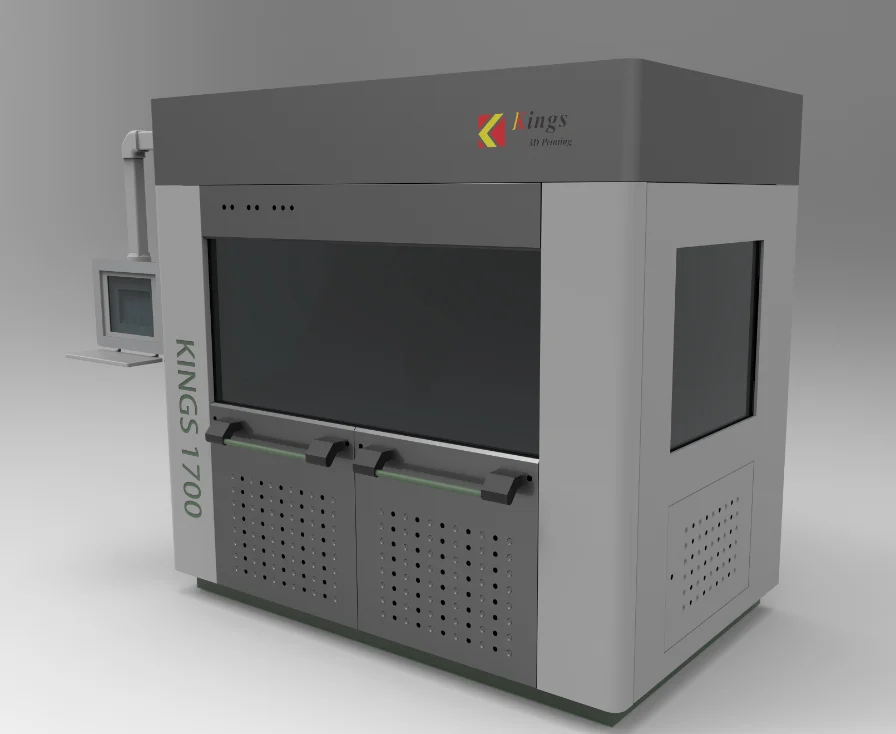 A huge catalog of paid and free models for a 3D printer. There are original unique products. Convenient search, navigation, rubricator. 3DShook has over 40 categories and adds over 100 new models to its collection every month. On 3DShook you can always find something for your home, animals, kids or something special for yourself.
A huge catalog of paid and free models for a 3D printer. There are original unique products. Convenient search, navigation, rubricator. 3DShook has over 40 categories and adds over 100 new models to its collection every month. On 3DShook you can always find something for your home, animals, kids or something special for yourself.
→ youmagine.com
YouMagine catalog for Cube series consumer 3D printers manufactured by 3D Systems. The site mainly offers various ways to buy 3D printer supplies and files, but it also has a number of cool free items available, mostly in the Kids section. Some of these elements can be customized by children using an online application. The company offers 3D modeling and publishing tools on its website for both hobbyists and professionals. The site offers a content warehouse where the community hosts and shares models. Registration is required to download files.
→ 123dapp.com
Autodesk 123D is a suite of computer-aided design (CAD) and 3D modeling tools aimed specifically at hobbyists.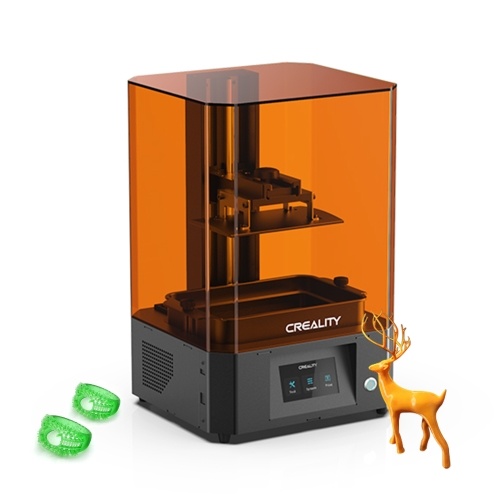 Along with the toolkit, Autodesk also has a website where users can record their designs and share them with other users. Many of these models can be downloaded and printed using Autodesk as a utility to interface with the MakerBot 3D printer. The goal of the Autodesk website is to "help engineers build products faster." The site offers tools to help them collaborate on their files. For the casual 3D printing enthusiast, the best part of the site is the large library of free files created by a community of over a million engineers. Registration on the site is required, but the number of files that are then available is worth it.
Along with the toolkit, Autodesk also has a website where users can record their designs and share them with other users. Many of these models can be downloaded and printed using Autodesk as a utility to interface with the MakerBot 3D printer. The goal of the Autodesk website is to "help engineers build products faster." The site offers tools to help them collaborate on their files. For the casual 3D printing enthusiast, the best part of the site is the large library of free files created by a community of over a million engineers. Registration on the site is required, but the number of files that are then available is worth it.
→ cgtrader.com
Being primarily a place to buy and sell a variety of 3D models (not necessarily just those designed for 3D printers), CGTrader does offer a selection of free models that can be used on 3D printers. The site has a system that tries to find out what you like. The more you interact with the site, downloading and evaluating various developments, the body will have better recommendations.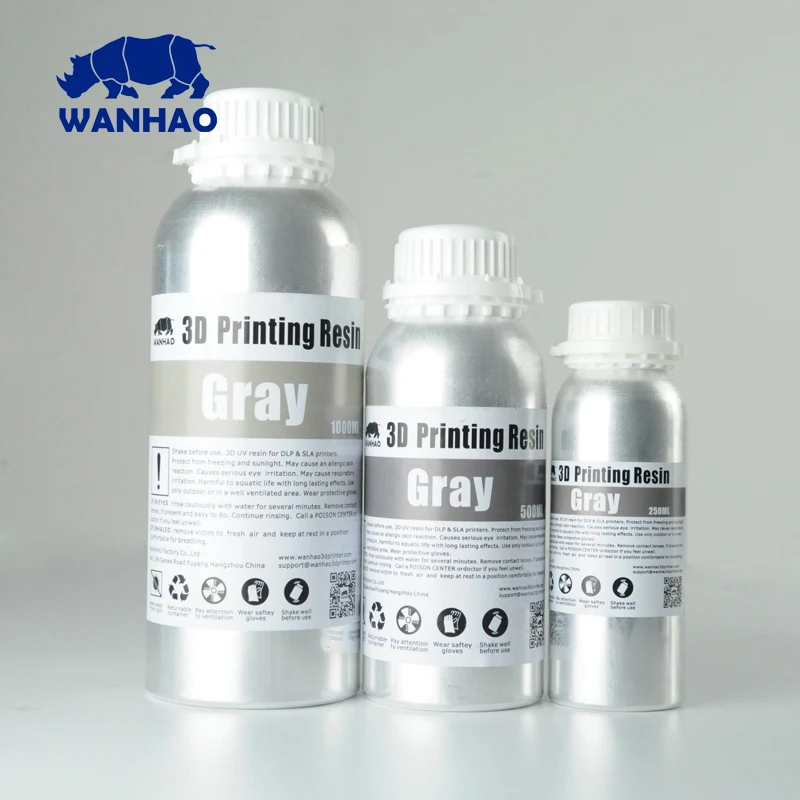
→ cults3d.com
A French community and marketplace where developers can share or sell their creations. The site has a collection of high quality models that you can download. Users can follow the work of the designers they like and get instant updates when a new creation is posted on the site. The site's name, Cults, is a backwards spelling of St. Luc, the patron saint of artists. The site also supports English. This is a relatively new community, so the number of its users is not very large yet.
→ instructables.com
The Instructables website is a community where users can share their DIY projects. This also includes products obtained using 3D printers. The site also provides explanations and instructions describing how to build 3D elements, and some designers take the time to answer questions from site members. Instructables allows users to store and organize their 3D printing projects. This is done to help them work together in the future.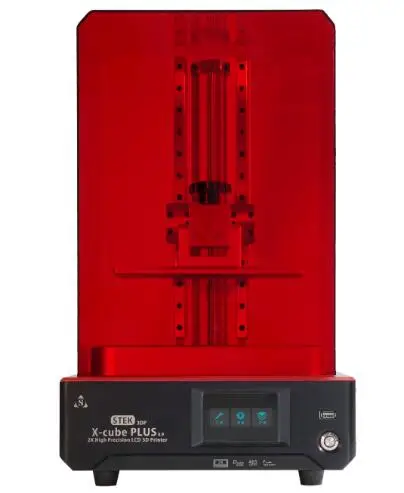 You can think of this site as a GitHub 3D printing site where users can share their files, discuss projects, and participate in them. The site also offers the ability to make a request, so if you can't find what you're looking for, you can ask the site's community about it.
You can think of this site as a GitHub 3D printing site where users can share their files, discuss projects, and participate in them. The site also offers the ability to make a request, so if you can't find what you're looking for, you can ask the site's community about it.
→ pinshape.com
Pinshape, a marketplace for 3D models, is similar in style (layout, look, and ability to capture likes) to the well-known site Pinterest. You can buy models from designers, or download them for printing yourself if they are offered for free. Pinshape allows users to host and share 3D model files on it. Basically, this site acts as an online store where you can buy 3D printed parts, or order your own 3D model to be printed. But if you look closely enough, you can find people who sell their products and also offer the files you need so you can print them yourself.
→ 3dfilemarket.com
A new and growing repository of 3D File Market models.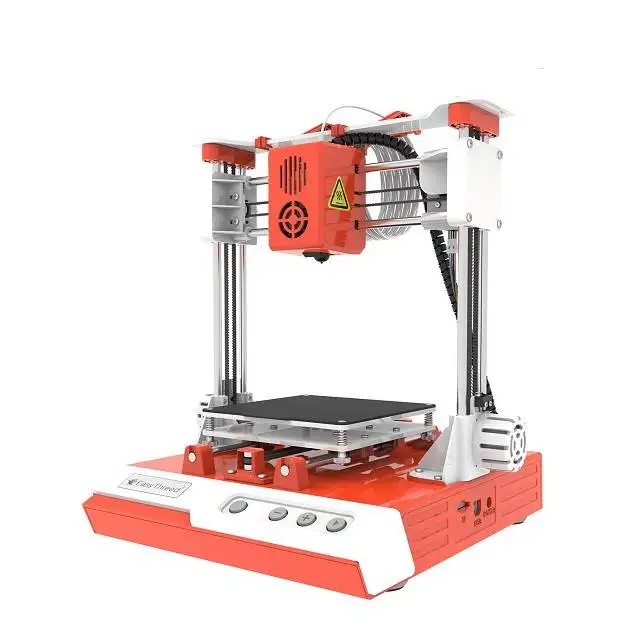 All models are tested for suitability for 3D printing. You can download as many models as you like without registration, although you must provide your email address to access the 3D model files. This is a very simple site aimed at being a repository of model files for 3D printers, and nothing more. The basic design of the site allows users to put files on it for public access, and download files that they would like to use. The site contains many small, simple 3D models ready to be printed, as well as a good selection of everyday items and even spare parts for 3D printers.
All models are tested for suitability for 3D printing. You can download as many models as you like without registration, although you must provide your email address to access the 3D model files. This is a very simple site aimed at being a repository of model files for 3D printers, and nothing more. The basic design of the site allows users to put files on it for public access, and download files that they would like to use. The site contains many small, simple 3D models ready to be printed, as well as a good selection of everyday items and even spare parts for 3D printers.
Search engines for 3D models in various formats, including STL for a 3D printer. Use queries in English, these search services collect information about models from all over the Internet.
→ yeggi.com
Yeggi is a search engine that will browse major 3D printing sites to find files compatible with 3D printers. You can also browse some popular searches to get an idea of what the community is currently interested in.


